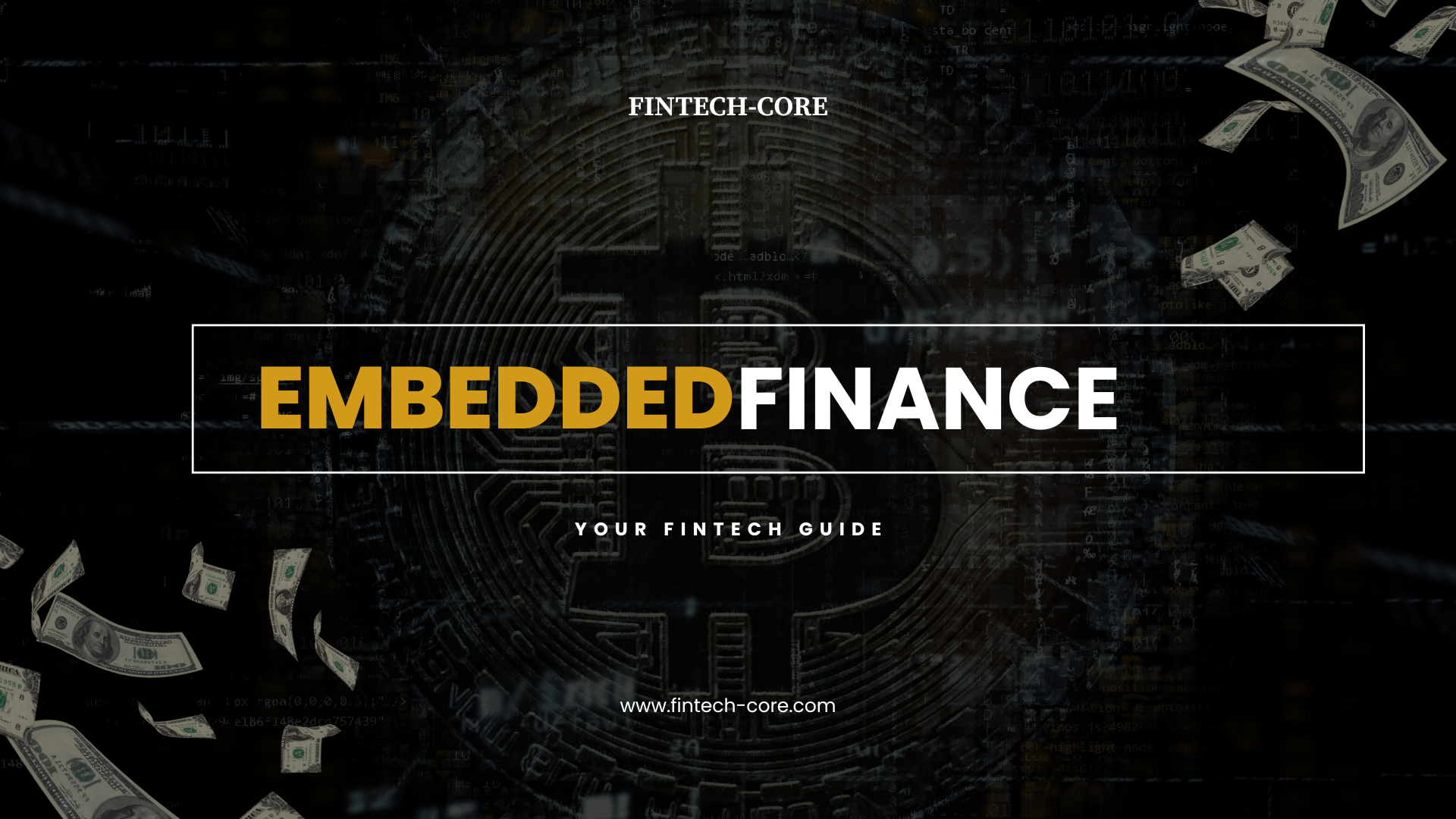Embedded Finance. A Comprehensive Overview.
 Jonathan Santorini
Jonathan Santorini
This article provides a detailed and comprehensive overview of embedded finance, an important trend in the fintech world.
Introduction
We deal with different services every day. Uber for travel, Walmart and Costco for shopping, United for Flying, Doordash for deliveries etc. All these services involve money and often we paying these companies. Such payments and money movement needs to be handled by these companies with their special engineering teams.
As organizations grow, their money related needs also get complex and they end up becoming very tightly linked with their customer’s financial institutions like banks and credit card issuers. This is why Costco as strong tie up with Visa and Citi credit card. Walmart provides their own ONE debit card and Google has their own Payments account.
Embedded finance is basically financial services provided by a non financial institution like Walmart very seamlessly inside their product interface. This allows a non-financial institution to come up with innovative financial services without having to worry about the core financial business requirements such as banking licenses and regulatory compliance meant for banks.
How embedded finance works
The embedded finance concept is multidimensional and might mean different things to different companies. Most of the times, the company will identify the CUJ (Critical User Journey) that can qualify for embedded financial services. This could be a product checkout experience or signing up for a credit card to get immediate discount.
In terms of actual offering this could be:
Payments
Investments
Savings
Insurance
Credit issuance
The building blocks of this however are APIs provided by a financial institution of some kind that allows the user facing company to treat financial institution and its basic services as black box.
A most common example of this is BAAS (Banking as a Service) where a company provides banking services like accounts, checks or withdrawals without actually being a bank. Walmart is another great example of such company.
Challenges and Considerations
In past companies would simply apply for a banking licenses and be bank themselves. However regulatory compliance of banking industry has grown significantly and creating a new bank has become complex and unprofitable. Hence any kind of technological innovation in this space has become slow.
The same problem is simplified when a large bank provides all its services as an API and allows a faster and nimble organization to do rest of the innovation around this.
This presents several challenges:
- Protecting user privacy and seecurity
Banking is considered a critical function and user security and privacy is of paramount importance. Any API based service should not violate this basic expectations from a bank’s customers.
- Tight coupling
With time the banking institution and the embedded finance company might both become far too tightly coupled making them hard to separate.
- Customer sharing
In embedded finance a bank might be able to get the data of host company and vice versa. This is a risk for both companies.
Future of embedded finance
Future of embedded finance is hard to predict but Generative AI, Crypto and Superapps are likely to be more common than they are today.
We are likely to see the large social media platforms such as Meta, Instagram, Youtube etc. providing deeply embedded financial services than before. We are likely to see rise of new companies such a Stripe who might offer embedded financial products around crypto. Google’s chrome browser supports VCN (Virtual Card Numbers) today as part of its core features.
Several companies are trying to look at Generative AI as well but we are yet to see any promising startup becoming successful in this space.
Subscribe to my newsletter
Read articles from Jonathan Santorini directly inside your inbox. Subscribe to the newsletter, and don't miss out.
Written by
